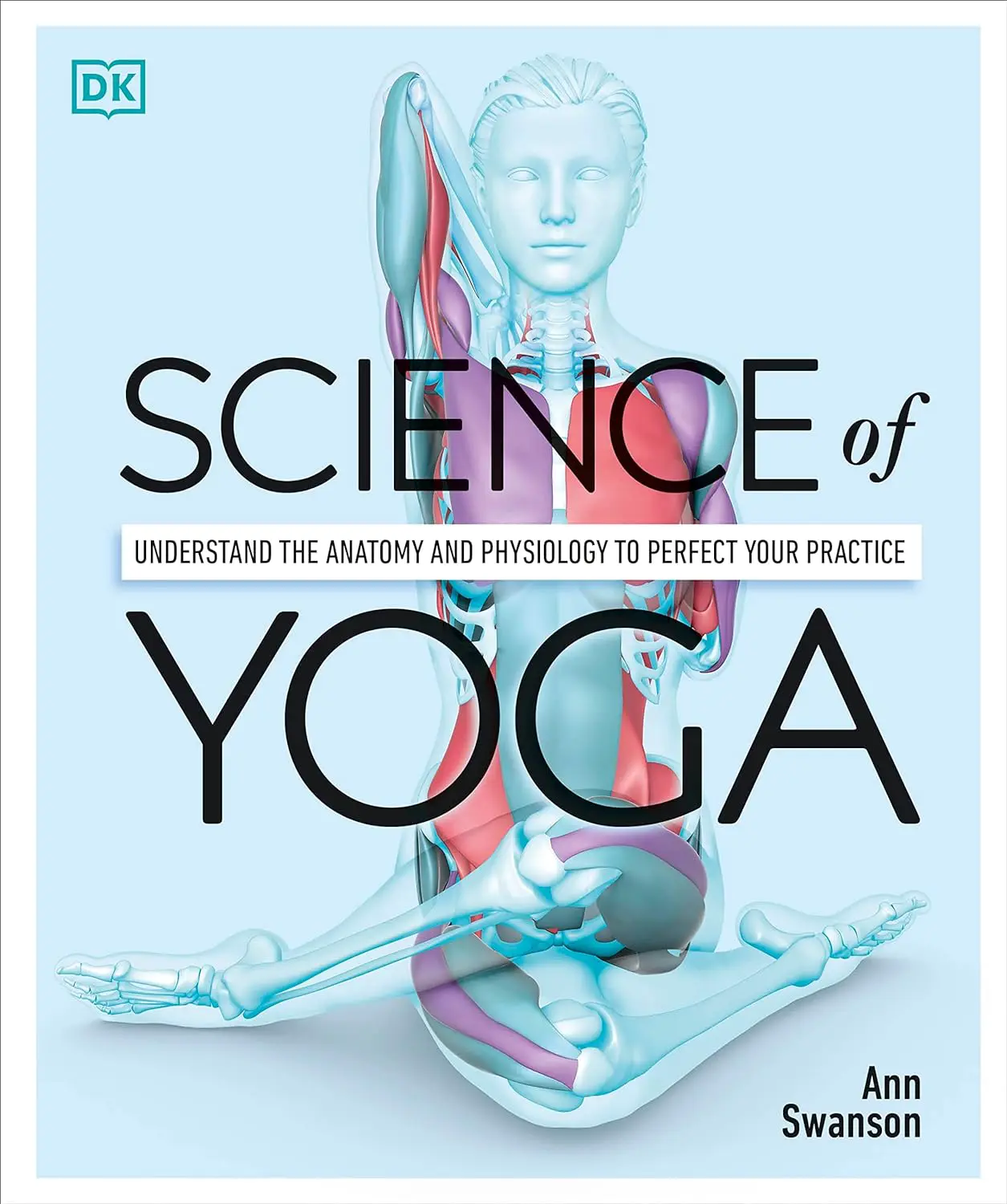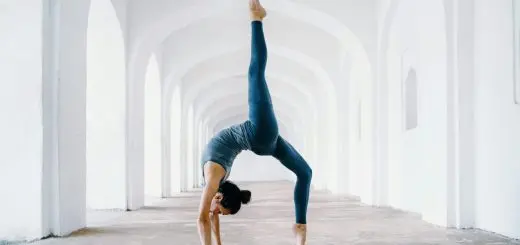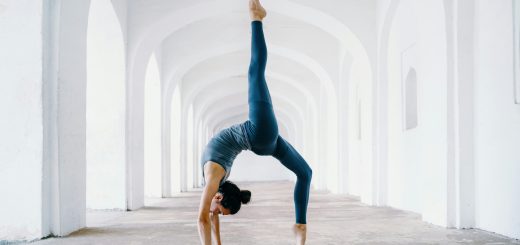Yoga Poses for Back Pain Relief: A Comprehensive Guide
Looking for more amazing products? Check out our online store and explore our collection here! Happy shopping!
Before diving in, please note: This post is for informational purposes only. If you’d like to know more about how we approach topics, feel free to check out our friendly Disclaimer Page.
Hey there, amazing readers! 
We’re committed to delivering quality posts, and your support (even just sticking around despite the ads) means everything to us. So, bear with us, and thanks for helping us keep the good vibes rolling. Now, on to the fun stuff!
TRANSLATE BUTTON AT THE END OF THE ARTICLE
Introduction: Understanding Back Pain and Yoga
Back pain is a common complaint that affects millions of people worldwide.
Whether it’s due to poor posture, sedentary lifestyle, muscle strain, or underlying health conditions, back pain can be debilitating and impact one’s quality of life.
Yoga, an ancient practice that combines physical postures, breathing techniques, and meditation, has been shown to be effective in relieving back pain and improving overall spine health.
Yoga helps strengthen the muscles that support the spine, improve flexibility, and promote relaxation, which can all contribute to reducing back pain.
By practicing yoga regularly, individuals can alleviate tension, improve posture, and increase mobility in the spine.
In this article, we will explore the benefits of yoga for back pain relief, as well as some precautions to consider before starting a yoga practice for back pain.
Benefits of Yoga for Back Pain Relief
Yoga offers a holistic approach to improving back pain by targeting both the physical and mental aspects of the condition.
Some of the key benefits of practicing yoga for back pain relief include:
Strengthening core muscles: Yoga poses engage the core muscles, which support the spine and help improve posture.
Improving flexibility: Yoga helps increase flexibility in the muscles and joints, reducing stiffness and tension in the back.
Promoting relaxation: The breathing techniques and mindfulness practices in yoga help reduce stress and tension in the body, which can contribute to back pain.
Enhancing body awareness: Yoga encourages individuals to be mindful of their body alignment and movements, which can prevent future back injuries.
Increasing circulation: The gentle movements in yoga poses improve blood flow to the back, promoting healing and reducing inflammation.
By incorporating yoga into your daily routine, you can experience long-term relief from back pain and improve your overall spine health.
Precautions Before Starting Yoga for Back Pain
Before starting a yoga practice for back pain relief, it’s important to consult with a healthcare provider or a qualified yoga instructor, especially if you have a pre-existing back condition or injury.
Here are some precautions to consider before beginning a yoga practice for back pain:
Start slowly: Begin with gentle and basic yoga poses to avoid exacerbating the pain.
Listen to your body: Pay attention to any discomfort or pain during the practice and modify the poses accordingly.
Avoid deep twists and bends: Some yoga poses may put strain on the back, so it’s important to avoid excessive twisting or bending movements.
Use props: Props such as yoga blocks, straps, and bolsters can help support your body in certain poses and prevent strain on the back.
Focus on alignment: Proper alignment is key to preventing injury and promoting effective back pain relief in yoga poses.
By taking these precautions and practicing yoga mindfully, you can safely and effectively alleviate back pain and improve your overall well-being.
Top 5 Yoga Poses for Lower Back Pain Relief
When it comes to relieving lower back pain with yoga, certain poses are particularly effective in targeting the muscles and areas that are commonly affected.
Here are the top five yoga poses for lower back pain relief:
Cobra Pose (Bhujangasana): This pose helps strengthen the lower back muscles and improve spine flexibility.
It also opens up the chest and improves posture.
Child’s Pose (Balasana): This resting pose stretches the lower back and hips, releasing tension and promoting relaxation in the spine.
Downward-Facing Dog (Adho Mukha Svanasana): This pose lengthens the spine, stretches the hamstrings and calves, and relieves tension in the lower back.
Cat-Cow Stretch (Marjaryasana-Bitilasana): This dynamic movement helps improve spinal flexibility, massage the back muscles, and alleviate stiffness in the lower back.
Pigeon Pose (Eka Pada Rajakapotasana): This hip-opening pose stretches the hip flexors, glutes, and piriformis muscles, which can help reduce lower back pain.
Incorporating these yoga poses into your daily routine can help alleviate lower back pain and improve overall spine health.
Step-by-Step Guide to Cobra Pose
Cobra Pose, also known as Bhujangasana, is a classic yoga pose that strengthens the back muscles and improves spine flexibility.
Here is a step-by-step guide on how to perform Cobra Pose for back pain relief:
Start by lying on your stomach with your hands placed directly under your shoulders.
Press into your palms and lift your chest off the mat, keeping your elbows close to your body.
Engage your core muscles and lengthen your tailbone towards your heels.
Relax your shoulders away from your ears and gaze forward.
Hold the pose for 5-10 breaths, then slowly lower back down to the mat.
Repeat the pose 2-3 times, focusing on elongating the spine and opening up the chest.
Cobra Pose helps strengthen the back muscles, improve posture, and relieve tension in the lower back.
Practice this pose regularly to experience the benefits of back pain relief.
How to Perform Child’s Pose for Back Pain Relief
Child’s Pose, also known as Balasana, is a resting pose that stretches the lower back, hips, and thighs, promoting relaxation and releasing tension in the spine.
Here is a step-by-step guide on how to perform Child’s Pose for back pain relief:
Start on your hands and knees on the mat, with your big toes together and knees spread apart.
Sit back on your heels and lower your forehead to the mat, reaching your arms out in front of you.
Relax your shoulders and allow your chest to melt towards the mat.
Breathe deeply into your lower back, feeling the stretch along the spine.
Hold the pose for 5-10 breaths, focusing on relaxing and releasing tension in the back.
To release the pose, gently press into your palms and come back to a seated position.
Child’s Pose is a gentle and soothing pose that can help alleviate lower back pain and promote relaxation in the spine.
Incorporate this pose into your yoga practice for optimal back pain relief.
Benefits of Downward-Facing Dog for Back Pain
Downward-Facing Dog, or Adho Mukha Svanasana, is a popular yoga pose that lengthens the spine, stretches the hamstrings and calves, and relieves tension in the lower back.
Some of the key benefits of Downward-Facing Dog for back pain relief include:
Lengthening the spine: The inverted position of the pose helps elongate the spine and create space between the vertebrae.
Stretching the hamstrings: Downward-Facing Dog stretches the back of the legs, which can alleviate tension in the lower back.
Strengthening the arms and shoulders: The weight-bearing nature of the pose helps build strength in the upper body, supporting the spine.
Improving circulation: The gentle inversion in the pose promotes blood flow to the back, aiding in healing and reducing inflammation.
Relieving stress: Downward-Facing Dog calms the mind and relieves tension in the body, which can contribute to back pain relief.
Incorporating Downward-Facing Dog into your yoga practice can help improve spine health, reduce lower back pain, and promote overall well-being.
Incorporating Cat-Cow Stretch in Your Routine
Cat-Cow Stretch, or Marjaryasana-Bitilasana, is a dynamic movement that helps improve spinal flexibility, massage the back muscles, and alleviate stiffness in the lower back.
Here’s how to perform Cat-Cow Stretch for back pain relief:
Start on your hands and knees in a tabletop position, with your wrists directly under your shoulders and knees under your hips.
Inhale as you arch your back and lift your tailbone towards the ceiling (Cow Pose).
Exhale as you round your spine and tuck your chin towards your chest (Cat Pose).
Continue flowing between Cow and Cat Poses, coordinating your breath with your movements.
Focus on moving with ease and fluidity, allowing the spine to gently stretch and release tension.
Repeat the sequence for 5-10 rounds, tuning into the sensations in your back and spine.
Cat-Cow Stretch is a gentle and effective way to improve spinal mobility, relieve lower back pain, and promote relaxation in the body.
Incorporate this dynamic movement into your daily routine for optimal back pain relief.
The Importance of Pigeon Pose for Back Pain
Pigeon Pose, or Eka Pada Rajakapotasana, is a hip-opening yoga pose that stretches the hip flexors, glutes, and piriformis muscles, which can help reduce lower back pain.
Here’s how to practice Pigeon Pose for back pain relief:
Start in a tabletop position on your hands and knees, with your wrists under your shoulders and knees under your hips.
Bring your right knee towards your right wrist and slide your right foot towards your left hand.
Extend your left leg behind you, coming into a straight line from your head to your heel.
Square your hips towards the front of the mat and flex your right foot to protect the knee.
Stay upright or walk your hands forward, folding over your front leg to deepen the stretch.
Hold the pose for 5-10 breaths, then switch sides and repeat on the left side.
Pigeon Pose is an effective way to release tension in the hips and lower back, promoting flexibility and reducing pain in the spine.
Practice this pose regularly to experience the benefits of back pain relief.
Practicing Sphinx Pose for Upper Back Relief
Sphinx Pose is a gentle backbend that targets the upper back and shoulders, helping to alleviate tension and improve posture.
Here’s how to practice Sphinx Pose for upper back relief:
Lie on your stomach with your forearms on the mat, elbows directly under your shoulders.
Press into your forearms and lift your chest off the mat, keeping your pelvis and legs grounded.
Lengthen your spine and gently arch your back, opening up the chest and shoulders.
Relax your shoulders away from your ears and gaze forward or slightly up.
Hold the pose for 5-10 breaths, focusing on opening up the upper back and releasing tension.
To release the pose, slowly lower back down to the mat and rest in Child’s Pose.
Sphinx Pose helps improve spine flexibility, relieve upper back tension, and promote better posture.
Incorporate this gentle backbend into your yoga practice for upper back relief and overall spine health.
Tips for a Successful Yoga Practice for Back Pain
To ensure a successful and effective yoga practice for back pain relief, here are some tips to keep in mind:
Listen to your body: Pay attention to any discomfort or pain during the practice and modify the poses as needed.
Focus on alignment: Proper alignment is key to preventing injury and maximizing the benefits of the poses.
Breathe mindfully: Use your breath to connect with your body and deepen the stretches in the poses.
Be consistent: Practice yoga regularly to experience long-term relief from back pain and improve spine health.
Stay hydrated: Drink plenty of water before and after your practice to keep your muscles and joints hydrated.
By following these tips and practicing yoga mindfully, you can effectively alleviate back pain and improve your overall well-being.
Conclusion: Finding Relief Through Yoga Practices
In conclusion, yoga offers a holistic and effective approach to alleviating back pain and improving spine health.
By practicing yoga regularly and incorporating specific poses targeting the back muscles, individuals can strengthen their core, improve flexibility, and promote relaxation in the spine.
With the step-by-step guides and tips provided in this comprehensive guide, you can safely and effectively practice yoga for back pain relief.
Remember to consult with a healthcare provider or a qualified yoga instructor before starting a yoga practice for back pain, especially if you have a pre-existing condition or injury.
By taking precautions, listening to your body, and focusing on proper alignment, you can experience the benefits of yoga in reducing back pain and enhancing your overall well-being.
Incorporate these top yoga poses for back pain relief into your daily routine and enjoy a healthier, pain-free spine.

The Enlightenment Journey is a remarkable collection of writings authored by a distinguished group of experts in the fields of spirituality, new age, and esoteric knowledge.
This anthology features a diverse assembly of well-experienced authors who bring their profound insights and credible perspectives to the forefront.
Each contributor possesses a wealth of knowledge and wisdom, making them authorities in their respective domains.
Together, they offer readers a transformative journey into the realms of spiritual growth, self-discovery, and esoteric enlightenment.
The Enlightenment Journey is a testament to the collective expertise of these luminaries, providing readers with a rich tapestry of ideas and information to illuminate their spiritual path.
Our Diverse Expertise
While our primary focus is on spirituality and esotericism, we are equally passionate about exploring a wide range of other topics and niches 

To ensure we provide the most accurate and valuable insights, we collaborate with trusted experts in their respective domains 
Our blog originally focused on spirituality and metaphysics, but we’ve since expanded to cover a wide range of niches. Don’t worry—we continue to publish a lot of articles on spirituality! Frequently visit our blog to explore our diverse content and stay tuned for more insightful reads.
Hey there, amazing reader! 
Check out our store here and take a peek at some of our featured products below! Thanks for being awesome!











